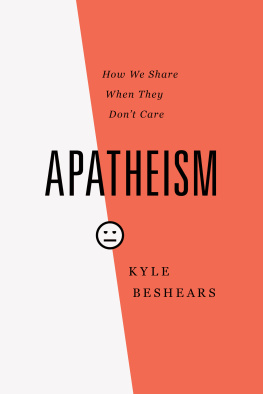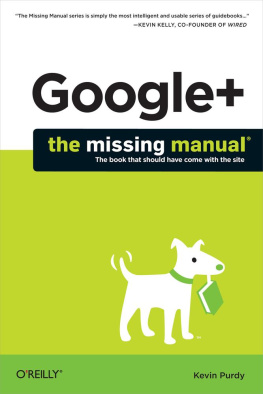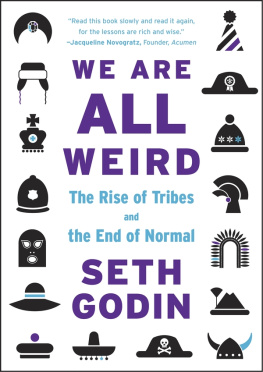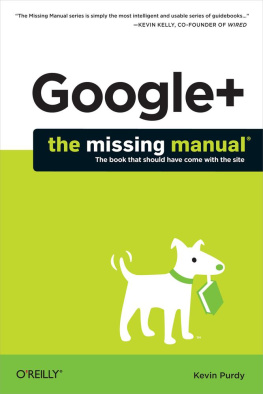A South Carolina textile mill, 1962. A humid June afternoon. Summer was the workshops busiest season, and everyone had been putting in a lot of hours. This particular week was made more stressful by reports of small, mite-like bugs in the factory, perhaps brought in with a shipment of cloth. As the afternoon wore on, one young woman suddenly complained of feeling a bug bite. Soon after, she fainted dead away.
On Tuesday of the following week, another woman who believed she had been bitten fainted. That afternoon, a third woman. Soon after, four other women reported to the doctor with symptoms of dizziness and nausea. Within eleven days of what would later be known as an epidemic, sixty-two people were medically treated for various physical symptoms due to bug bites. Their reports of the bites were quite specific and detailed. One textile worker claimed, I felt something bite me on my leg and when I scratched my leg, the little white bug came up under my fingernail. I got weak in the legs and got sick. Tellingly, while this worker recalls a white bug, most other reports described black bugs.
Extensive testing by the mill and outside authorities revealed that only a few bugs had been found, the mites were not known to bite humans, and they certainly could not have caused systemic problems like those experienced by the textile workers. But
Cases of alarming symptoms spreading rapidly from person to person without being tied to any physical causes occur throughout documented history, from the Salem witch trials to the Bin Laden itch.
These cases have in common a tight-knit social group with a constrained physical location, the occurrence of a single index case that launches the contagion, and the fact that many of the symptomsamong them dizziness and involuntary motor movementsalso manifest during states of acute anxiety. Human beings are so social that we can literally make ourselves sick just by observing others, the symptoms spreading from one person to the next by the power of ideas alone.
These hysterical contagions are rare. But vivid instances of emotions and ideas diffusing from one body to another, one mind to another, are not. We are by nature deeply social animals. In this book well see just how ingrained that sociality isto the point where we catch thoughts and moods and, yes, even panic attacks from one another as easily as we exchange cold viruses in midwinter. We synchronize our thoughts, our moods, and our brain activity. In this book well tackle both the mechanisms and the implications of this synchronicity using psychology, neuroscience, history, anthropology, literature, and philosophy.
Of course, we dont synchronize with all members of humanity equally; we preferentially harmonize with people who are close to us by birth, location, and shared culture, whether that culture is writ large (at the macro level of entire societies) or small (at the micro level of groups that help form our multilayered identities, for example ethnicity, political party, and even sport fandoms). These tribal tendencies toward forming ingroups can shape our most cherished traditions and moments, but they can also lead to tension with outgroups that can have devastating consequences.
To unite all of this research on our hypersocial, groupish natures, I use the metaphor of the hivemind. It is not my metaphorthe notion of a hivemind, a group sort of consciousness and/or collective body of knowledge, has long been discussed in both academic settings and in common parlance. But before we go further, Id like to spell out what the hivemind means to me in the framework of this book.
For one, the hivemind refers to the extent to which we are capable of entering a state of mind that is more collectively focused, in which we share attention and goals and emotions. At times we may even experience an expansion of our consciousness
Second, hivemind also refers to the principle that what we know and feel is not determined in a vacuum of independent experiences and decisions but rather is shaped by the collective. Our synchronicity means that ideas and fashions and ways of interpreting the world have their own sort of life outside the individual people who contribute to it, something eighteenth-to nineteenth-century German philosophers called the zeitgeist, or spirit of the times. Well discuss a psychological concept called appraisals, which are interpretations or stories about the world, and well see both how the hivemind influences the appraisals we make and how, in turn, the appraisals we choose shape our very reality. The hivemind collectively decides what is true, what is proper, what is normal, what is cool, and what is important. But it isnt just positive and negative judgments that are shaped by the hivemind. Rather, the hivemind is also critical in shaping our perception of the world, in building our consensus reality.
Our deeply entrenched sociality has always been with us, but the advent of both smartphones and social media may be sharply escalating our synchronicity. We are at a watershed moment, for these new technologies have not only allowed us to access a world of information and communication but have also ushered in a revolution in our social functioning. We are suddenly able to access the thoughts and emotions of our social partners at all hours of the day and night, to see their lives unfold in real timeeven if they live on the other side of the world. While most think pieces would have you believe that these changes spell irreparable harm to our attention spans and deepest relationships, the truth is much more nuanced than that. While these new social technologies













